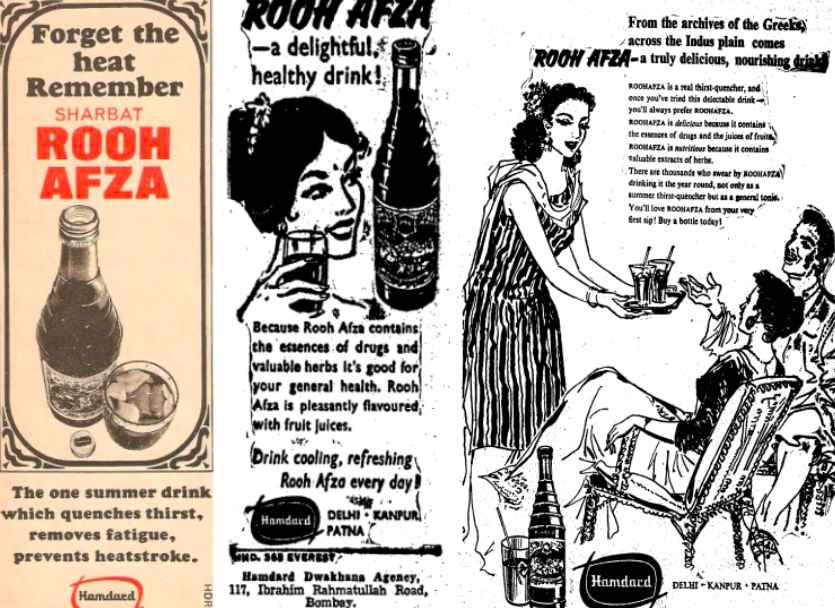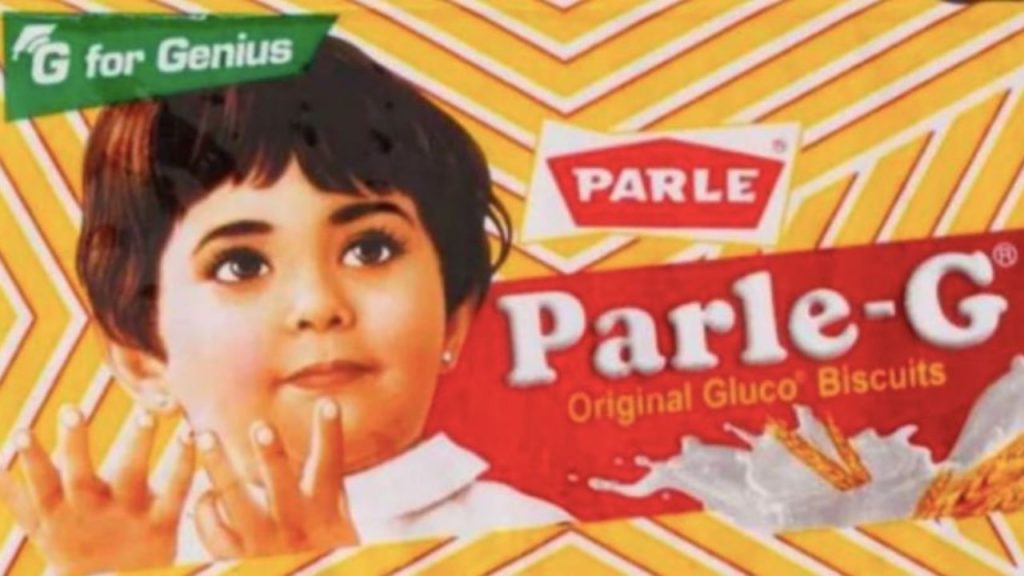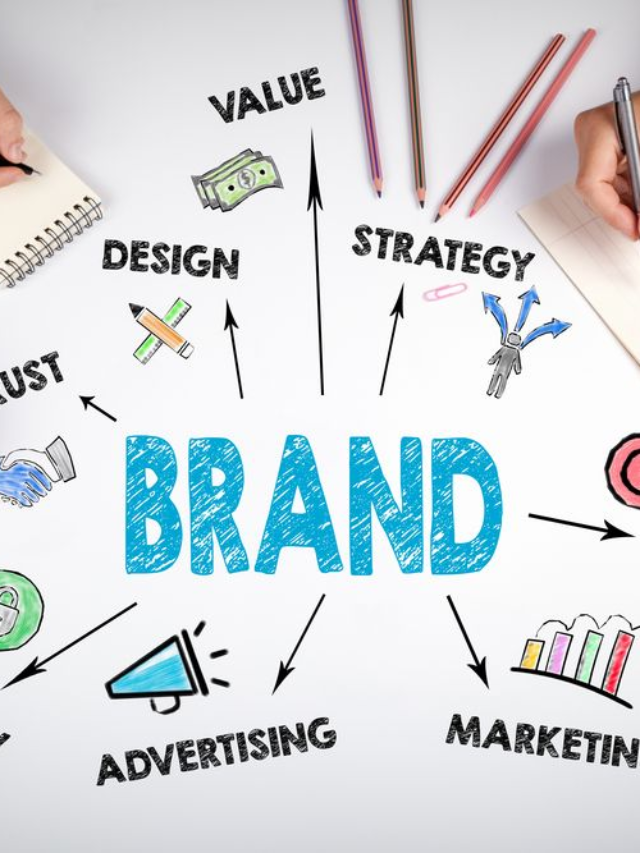Global brands or Household items, all have a unique story to tell. Be it the tales of how it started, the history behind their name, logo, branding or even the process of production. These very brands have changed the way we go on with our lives now since they are so intrinsically woven into our every day. We will be delving into some iconic national and international brands in this article and getting to know their fascinating story.
1. Parle G
Let’s begin our brand journey with a few Indian brands and how they changed our lives maybe for the better. The first one is nostalgia in a teacup, it is the Parle G biscuits. Mornings of most Indians begin with a nice brimming cup of tea and the best condiment that goes with it has been the sweet rectangular parle G biscuit. But the humble biscuit was not a part of our snacking repertoire before independence. Pre-independence, we had british biscuits dominating the market such as Britannia, Huntly and Palmers, United Biscuits, etc. But in came Narottam Mohanlal Chauhan who changed the landscape and brought in a swadeshi biscuit, he had a confectionery factory churning out orange candies already in Parle, Mumbai. But in 1938, an old biscuit factory was up for grabs and his family bought it. That was the same year, a wheat biscuit entered the market called Parle Gluco, which then became the Iconic Parle G. However, there were still some bumps ahead with World War 2 approaching and India’s Partition post independence. The wheat production reduced, as the wheat producing lands were gone to Pakistan. That is when the company asked its consumers to switch to Barley and Monaco biscuits instead. Another great selling quality which is as iconic as the biscuit itself was its packaging, the little girl appeared on its branding in the 60s and the Gluco or Glucose changed to Parle G, which was branded as “G mane Genius”.
2. Lijjat Papad

Its another heartfelt story about an Indian brand, a nostalgic trip down memory lane for some. The Lijjat Papad or Lijjat. Shri Mahila Griha Udyog Lijjat Papad churns out consumer items . The early beginnings of the organisation goes back to 1959 when 7 women created a venture to create more employment opportunities for other women. These women are Jaswantiben Jamnadas Popat, Parvatiben Ramdas Thodani, Ujamben Narandas Kundalia, and Bhanuben. N. Tanna, Laguben Amritlal Gokani, Jayaben V. Vithalani, and Diwaliben Lukka. On March 15, 1959, a group of people gathered on the terrace of their building. They wasted no time and got to work on making four packs of papads. These papads were then sold to a well-known businessman in Bhuleshwar. The group of women had made a pact to not seek any financial help or support, even if they faced losses. In just three months, their team grew to 25 women who were all involved in the production of papads. Soon, the empire expanded to other states and involving more women and also products within its pantheon. The iconic brand has always put women in central position and became a becon of women empowerment in our country. One of its founders, Jaswantiben Jamnadas Popat also received a Padma Shree in 2021 in the trade and industry category.
3. Hamdard Roohafza

Looking at another Indian brand, Hamdard Roohafza. In the year 1906, Hakim Hafiz Abdul Majeed started his venture in Delhi, he made products curing people’s ailments through an islamic form of medicine called unani. However, he soon came across the scorching Delhi summers. They were intense and people started experiencing heatstrokes. So he sat down to work and started to develop a solution for this issue. Something to aid in the body’s cooling process. A reddish-tinged herbal drink was the result of his mixing plants such as coriander, chicory, mint, stone flower, and khas (a fragrant grass). He also added rose petals, some coloring, and sugar.People adored it. The bottles swiftly flew off the shelves as demand shot through the sky.This, people, was Rooh Afza’s start.
Rooh Afza, a popular drink, faced a ban in India due to concerns over its production in Pakistan. The Delhi High Court ordered a halt to the sale of the Pakistan-made Rooh Afza on Amazon, citing potential national security issues. The court raised apprehensions about the product’s origin and emphasized the need to scrutinize imports from neighbouring countries, especially considering the strained relations between India and Pakistan
4. Uber
.jpg&h=630&w=1200&q=75&v=20170226&c=1)
Now, let’s talk about a more modern brand that we all cannot fathom life without. Uber. Travis Kalanick and Garrett Camp, the two co-founders of the app, stood waiting for their cab on a cold winter morning in 2008 in Paris, none came and half jokingly they thought of an app to book a private limo to escort them around. In the following year, they did test runs in NewYork and then 3 years later in Paris, where the idea was first thought about. Soon, this gave way to the UberCab app. The entire campaign, branding and service has grown exponentially over the years and like I mentioned before, we can’t think of waiting for cabs mow.
5. Louis Vuitton

Another important iconic brand, Louis Vuitton has humble beginnings. When the 16 year old boy of the same name arrived in Paris to work at an atelier. He worked as an artisan in Monsieur Maréchal’s atelier and soon established his luggage empire from the city. It was in 1880 that his son George established the locking system for the trunks that made it nearly impossible to pick locks. The luggage of louis vuitton is still a luxury item and found in many people’s wardrobe, it is a status symbol and a power symbol.
6. Penguin publishers

Let’s look at the history of the dancing bird on Penguin publishers. The brand started in Britain in 1934 when its young publisher Allen Lane was at a train station awaiting his train. He was browsing through the book collection at the station where he found everything either too expensive or rather mediocre. This is where his business acumen came in the forefront, he wanted to bridge this gap and provide something of value and reasonable to its readers. Coming to the story of the brand logo, a mere typist suggest a penguin as an ideal animal to be used, penguins were dignified but flippant in nature. That is when Mr Lane sent his 21 year old designer to the London zoo to do some sketches of the penguins. What came from that visit to the zoo revolutionarized the literary industry. This small tuxedo-wearing bird has seen a few minor changes since then, culminating in the one you are most likely familiar with today. The penguin, which was updated by Jan Tschichold in 1964 and reworked by Angus Hyland of Pentagram in 2003, has clearly shed a few pounds.
7. Red Bull
![Original Thai Red Bull ads [1975] : r/vintageads](https://i.redd.it/sdfi2pzaa8o01.jpg)
8. Coca Cola

Now, we all have consumed the fizzy sweet drink, but how many of us know about its history? Did you know that the drink started off as a medical drug by John Stith Pemberton. He was a chemist, who fought in the civil war and often took morphine for his injuries. His usage grew into an addiction and having access to a pharmacy further aggravated his condition, in order to get past his addiction he created the coca wine in 1885 which earlier contained alcohol. The drink then became available for those with drug addiction without alcohol in 1886 and soon the public who did not battle drug addiction also got a whiff of it. The drink was first advertised as Coca Cola in the Atlanta Journal in 1886, and garnered great attention of the public. Leading Pemberton to remove the medicinal aspect from it and adding sugar and sugar substitutes. Soon, in 1892, the company was first founded.
9. Adidas

This now is an iconic brand and identity that is believed to have been born out of jealousy and hatred between two brothers. The founder of Adidas, Adolf “Adi” Dassler, was the younger brother of Rudolf Dassler, who founded Puma. It is believed that he wanted to establish another shoe company as a competition to his brothers. So, in 1924, Adidas was established and initially focused on producing sought-after textiles in Western Europe. However, during World War II, Adolf Dassler was compelled to manufacture boots for the German Army. After the war, he recognised the demand for sports footwear and in the 1950s, he and his brother both began creating trainers and other types of athletic shoes. Despite being siblings, they operated separate companies.
Feature Image Courtesy: trak.in
References
www.historyofyesterday.com/10-famous-brands-with-an-unexpected-history/
www.looka.com/blog/famous-brands-origin-stories/
www.thecoolist.com/true-stories-famous-brands/
www.financialexpress.com/lifestyle/lijjat-papad-how-seven-women-came-together-to-create-an-iconic-brand-of-taste-trust-and-quality-with-just-rs-80-initial-capital/3235271/
www.finshots.in/archive/3-brands-and-their-partition-story-independence-day-2023/
11 Most Iconic Mercedes-Benz Models That Defined Automotive Brilliance






